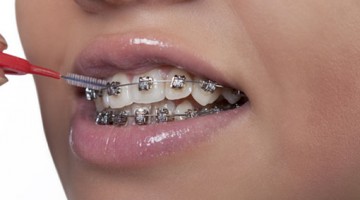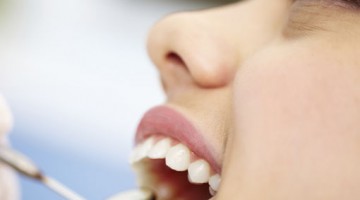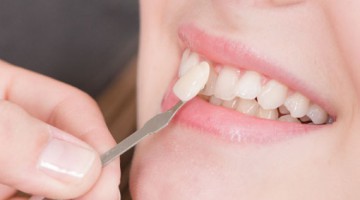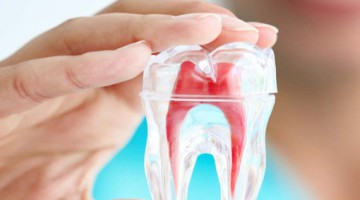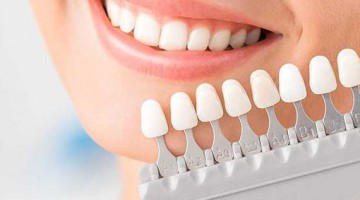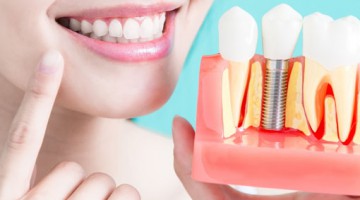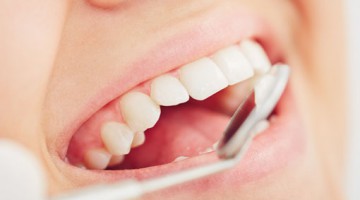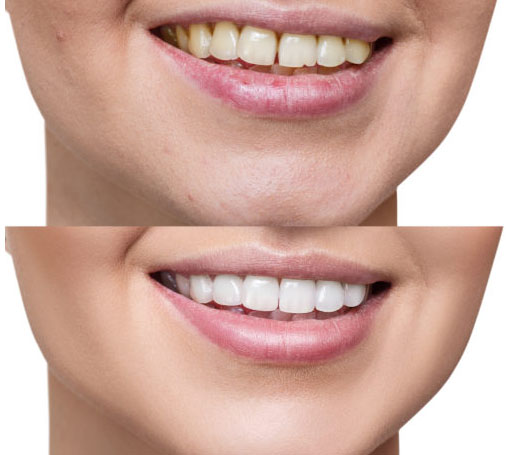 Separate teeth: How to close the Diastemas
Separate teeth: How to close the Diastemas
People who have spaces between tooth and tooth can experience 1 of 3 things, which are unpredictable.
- The space always remains the same.
- The space becomes smaller with the years.
- The space became greater over the years.
But in practice, it has been seen that it tends to increase and moreover the years. In many cases there is some factor that contributed to this movement:
- Habits such as sticking your tongue in space, or objects foreign to your mouth (pens, tacks, hooks, toothpicks).
- Periodontal disease that causes loss of gum and bone, compromises both the stability of the teeth that causes tooth mobility. Both opening the spaces and loosening the teeth.
And it can reach such serious cases where the space is so large that it can even fit another tooth. A solution to avoid these problems is the closing of diastemas, where your dentist in Vikaspuri can offer you different options according to your case:
- Simple closure of spaces with resin is a resinous material of the colour of the teeth and can generally be done in a single appointment and without anaesthesia (in some cases). This option is ideal when the pieces are totally healthy.
- In other cases, you can choose to use porcelain veneers.
- With Orthodontics we can close these spaces if the patient does not want to place restorative material and does not mind the idea of using braces.
This type of restoration with resins is very aesthetic, it is conservative treatment and a quick solution to the closure of diastemas.
Causes of diastemas
The causes of diastemas can be primary or secondary.
The primary cause diastemas are produced by: Decrease in tooth size: generalized or localized microdontia. The decrease in the number of teeth: agenesis or hypodontia. Increased maxillary size: Class II, 1st division with superior protrusion and Class III due to mandibular hyperplasia.
The diastemas of secondary origin are conditioned by environmental factors, such as the loss of teeth, the low insertion of the upper labial frenum, suction habits, lingual hyperactivity or macroglossia, eruptive disorders, cystic pathology of the midline, periodontal disease and some diseases systemic.

